 |
Randy and the calving pen in 2010
|
Earlier this month, we sold the last bit of farming equipment. Though most of our farm equipment and supplies went on the auction block during our sale last August, Randy held onto the calving pen.
It was at our house, rather than the farm headquarters. He decided to wait to sell it until it was calving season. That time came in mid-January. I put it on Facebook, and we had seven inquiries about it before we went to bed that night. The first one to call was the lucky owner of the new-to-them calving pen.
 |
2020, milking a cow using the breakaway gate, so that we could feed her baby
|
The calving pen was located in the calving shed we erected in 2016 after the barn we had been using succumbed to gravity. Until I read the old blog post, I had forgotten, but we bought the pen in 2010 from another farmer who was retiring from the cattle business. Originally, it went in the barn. At the time, I wrote that some wives get little blue boxes from Tiffany's for Christmas presents. I got a calving pen.
Here's part of what I wrote:
Maybe you were like me and were initially thinking that the calving pen
might have been a gift more suited to Randy. That's OK. I thought it,
too. But then I got to thinking: Maybe this big metal box does
say love. I remembered last February when Randy was at a meeting, and we
had a heifer in trouble. My attempts to get the vet on the phone went unanswered. Jake (our farm employee at the time), a helpful neighbor and I finally got the calf delivered. But a nice
calving pen, complete with head gate, would sure have made it easier. A pen with lots of different gates and openings would make it safer for the people and the animals.

That blog post turned out to be prophetic. The calving pen with its breakaway gate helped reluctant mothers and their new babies bond. The head gate helped contain mothers who needed some extra help when Mother Nature wasn't yielding a baby calf in a timely manner. (Click HERE for a photo essay of a birth using the calving pen.) Being able to use it saved several babies. The shed provided shelter for mamas and their new babies on particularly brutal winter nights.

And, I must admit, I was a little misty-eyed, thinking about it leaving the farmyard.
But, on the other hand, it will serve another farm family in a similar way. Just like we benefited from buying someone else's equipment, they - and their cow-calf herd - will benefit from the purchase they made from us, too.
We will celebrate Kansas Day on Sunday, January 29. It will be Kansas' 162nd birthday. Kansas became the 34th state of the union in 1861. My Moore ancestors came to Kansas in 1876, 15 years after Kansas became a
state. My Neelly ancestors were a little later, in 1898. I'm sure all
of them would be amazed at the changes in Kansas, and especially, in
farming.
I'm thankful that both sides of my family saw beauty and opportunity here. (Click on the links to read more about how the Moores and the Neellys came to Kansas.) Randy, who is a fifth-generation farmer in his family, still owns a pasture that's been in his family since 1900.
 |
| This is an
undated photo of Randy's Grandpa, Clarence Fritzemeier, with a bull. The
back of the photo has written (in Randy's Grandma Ava's handwriting):
"He looks like he knew he was going to be sold." |
As we near the Kansas Day celebration, I thought again about that calving pen. It was used by our friend, Joe. Then it came to our farm, and now it will serve another farm family in Central Kansas.
Those threads of connection are woven throughout Kansas history and Kansas agriculture. Even back in 1861, the livestock industry was an important
aspect of the state's agricultural economy.
The state ranked third in the nation in cattle population by 1890, a
position it held for several decades. Mixed farming (grain-livestock)
has always been
the predominant form of agriculture on Kansas family farms, including
both the Fritzemeier and Moore agricultural legacies.
Thousands of head of cattle were shipped on trains from rail heads in
Kansas to packing plants in Kansas City, Chicago, and other cities to
the east.
Between 1867 and 1885, towns like Abilene, Ellsworth,
Wichita, Newton, Caldwell, and Dodge City became famous for their place
in the cattle industry.
 |
| Photo from the Kansas State Historical Society, dated between 1891 and 1912 |
With the closing of the open range, Kansas cattlemen began to place
greater emphasis on the breeding of better stock. Shorthorns and
Herefords were popular in the 1890s, according to the Kansas State
Historical Society. Herefords are still part of the genetics on our
County Line farm, along with Angus.
Generation to generation - the legacy of Kansas and of Kansas agriculture continues. And Kansas farmers are a strong thread in the tapestry of our state.
Let no one say the past is dead.
The past is all around us
and within.
Oodgeroo Noonucal, Aboriginal poet
Happy Birthday, Kansas!
 |
Kinley, Kansas Day, 2019. I shared my Kansas books and sunflower cookies with her first grade class.
|
If you want to celebrate with special Kansas Day cookies, here's a LINK to the recipe.
.JPG)




.JPG)

.JPG)
.JPG)
.JPG)
.JPG)











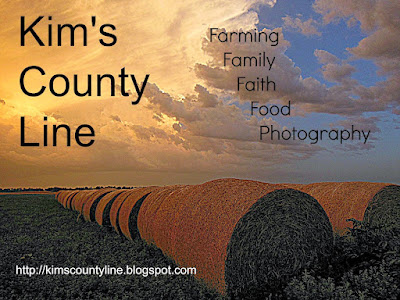

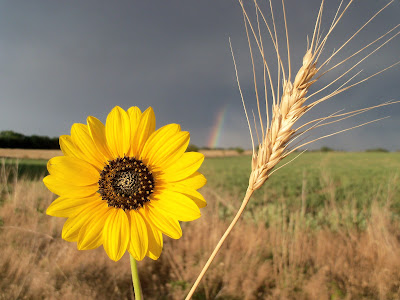







%20Flickr%20-%20Photo%20Sharing!.png)


.png)






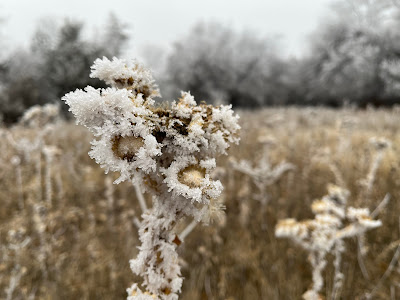
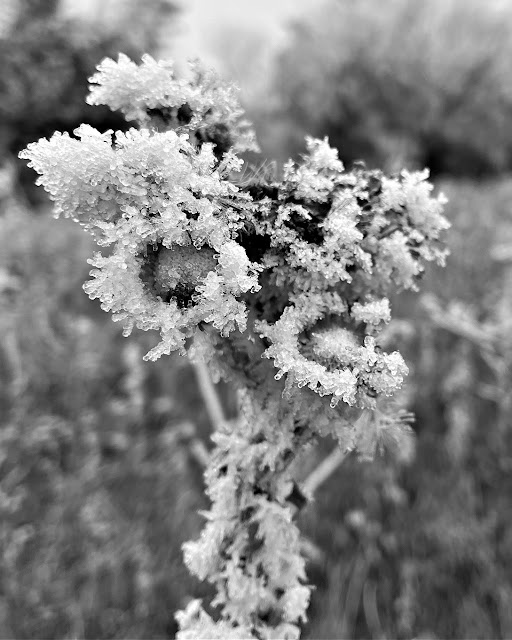




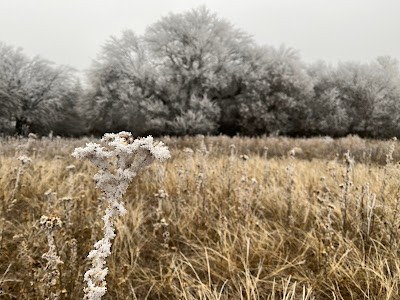
.JPG)



